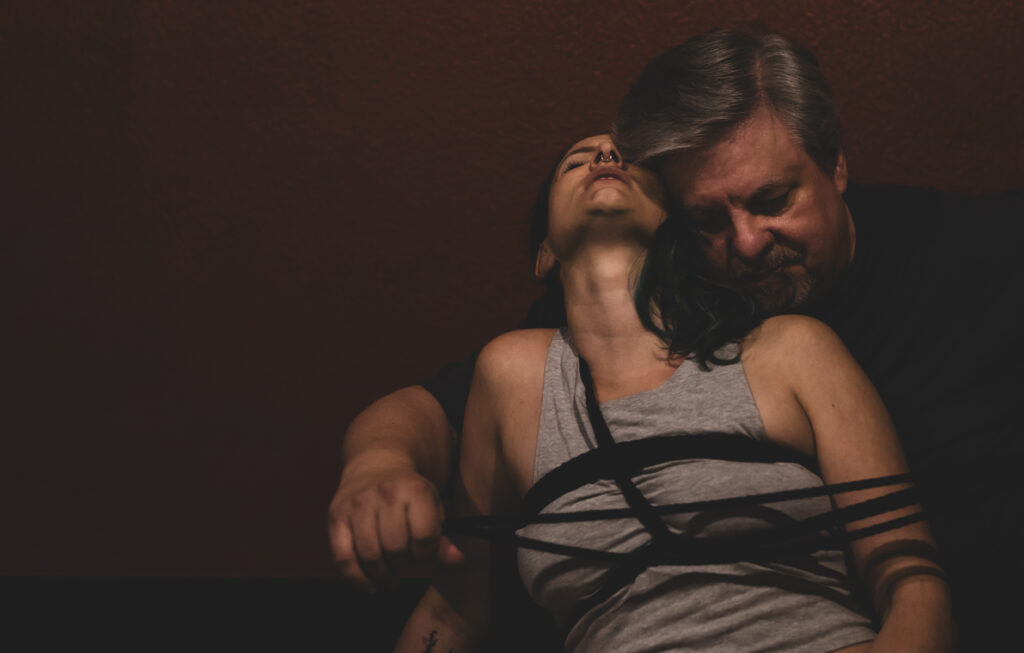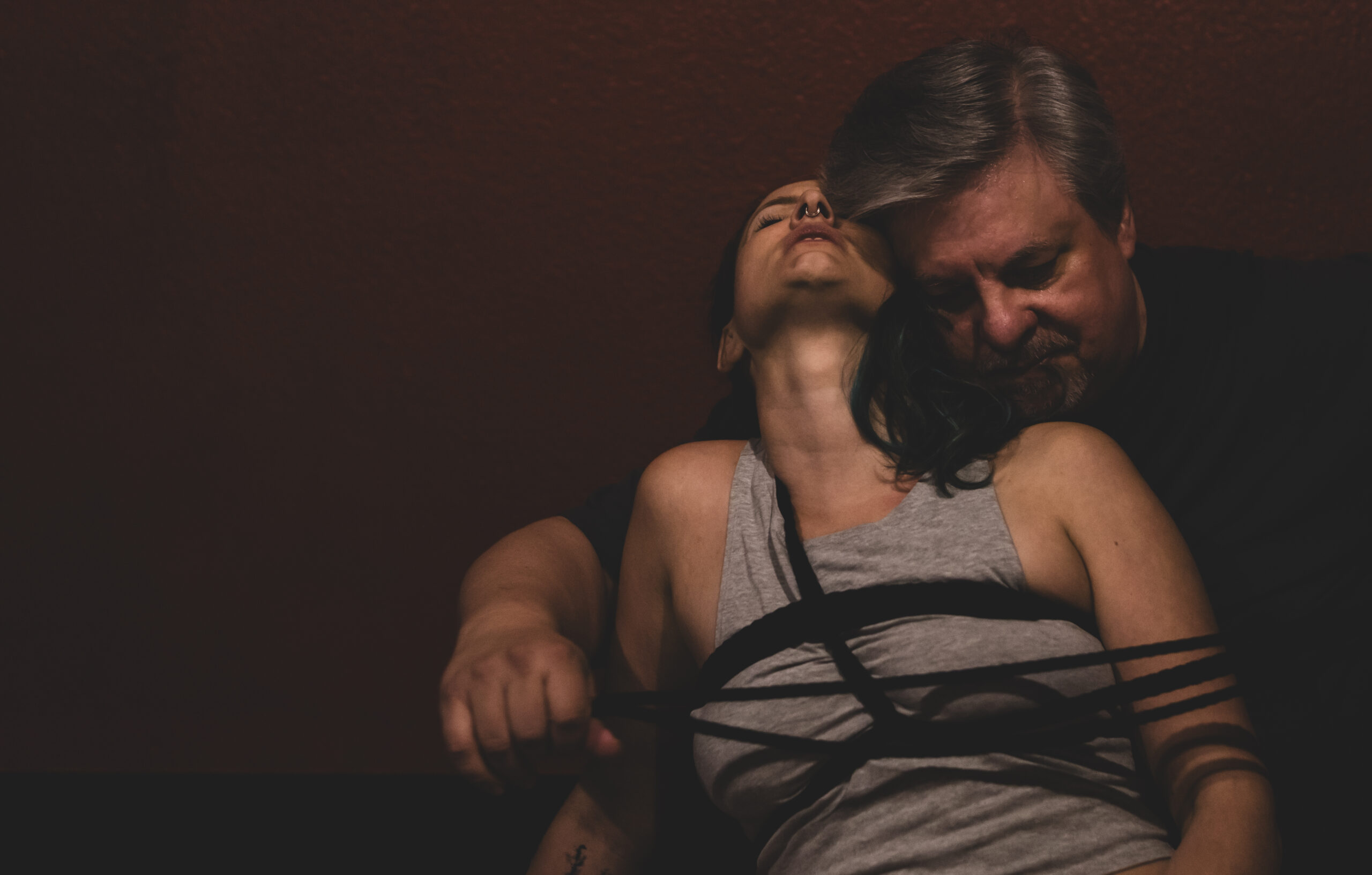You Are Not Delivering Rope. You Are Delivering a Feeling.
If your focus in a scene is getting the technique just right—the knots sharp, the frictions flawless, the tension perfect . . .you might be overlooking something even more important:
No matter how beautiful your tie looks, it’s the emotion you create that stays with your partner.
That’s what they carry home.
That’s what echoes in their memory.
That’s what makes the scene meaningful . . . or forgettable.
"Rope is the medium. Emotion is the message." - SirKnottyDan

Rope Is the Tool, Not the Gift
Rope is powerful, yes. But on its own, it doesn’t create connection. That comes from your intention, your attunement, and the space you make for your partner’s internal experience.
Two scenes might use the exact same tie. One might feel like being revered. The other, like being objectified. The difference? Not the rope. The delivery.
A bottom once told me, “The tie was technically perfect. But I felt like a prop, not a person.”
That moment stayed with me. It changed how I thought about every rope I ever picked up after.

The Emotion in Shibari Three-Part Blueprint
Begin With Outcome-Based Intention
Before a scene, ask yourself:
“What feeling do I want to deliver?”
“What do they want to experience . . .not just physically, but emotionally?”
Maybe it’s surrender. Maybe it’s worship. Maybe it’s chaos. Once you know the feeling, you can build your technique to serve that outcome—not the other way around.
Example:
Want your partner to feel cherished? Slow down. Make eye contact. Wrap deliberately.
Want them to feel used? Be clinical, efficient, detached . . . but negotiated, of course.
Want them to feel wild and alive? Move fast. Change tempo. Invite disarray.
When the emotion drives the form, the whole scene shifts.

Emotional Delivery Is a Practice, Not a Talent
This kind of rope isn’t about being naturally “deep” or intuitive. It’s about paying attention.
Emotional delivery is learnable. It’s the craft of noticing your partner’s breath. Their micro-reactions. Their energy.
It’s asking questions like:
“How do you want to feel?”
“What helps you get there?”
“What should I avoid?”
It’s learning to course-correct mid-scene. If they seem distracted, lost, or distant . . . you adjust. You ask. You reconnect. That’s not a failure; it’s mastery.
When We Miss the Feeling, We Risk More Than Just Disconnection
When emotional delivery is ignored, a scene can become disorienting, even damaging. A tie that looks gorgeous on the outside might feel empty, or worse, like a violation, on the inside.
This is especially true in dynamics involving vulnerability, catharsis, or trauma-sensitive players. You don’t have to get it “perfect.” But you do have to care.
Try This Practice
Before your next scene, write down one feeling you want your partner to walk away with.
Ask them for theirs.
Build the scene from those targets. Choose your tools—pacing, eye contact, tone, touch—to serve the feeling, not your ego.
After the scene, don’t just ask “Did you like it?”
Ask: “Did you feel what you wanted to feel?”
That’s the real success metric.
And for Bottoms…
This isn’t just on the Top. Bottoms can shape emotional delivery by being clear about their inner landscape:
What feelings do you crave in a scene?
What signals to you that those feelings are happening?
When was the last time a scene really gave you what you needed emotionally?
Your input doesn’t just guide, it transforms.
The Big Takeaway
You’re not delivering rope. You’re delivering a feeling.
And the better you understand that feeling, the more powerful your scene becomes.
If you want to go deeper, explore our companion post: Emotion in Shibari.
And we’d love to hear from you: What’s one feeling you love to deliver—or receive—in a scene?
Drop us a comment or DM. Because in this work, intention is everything.
Until next time!
- SirKnottyDan
